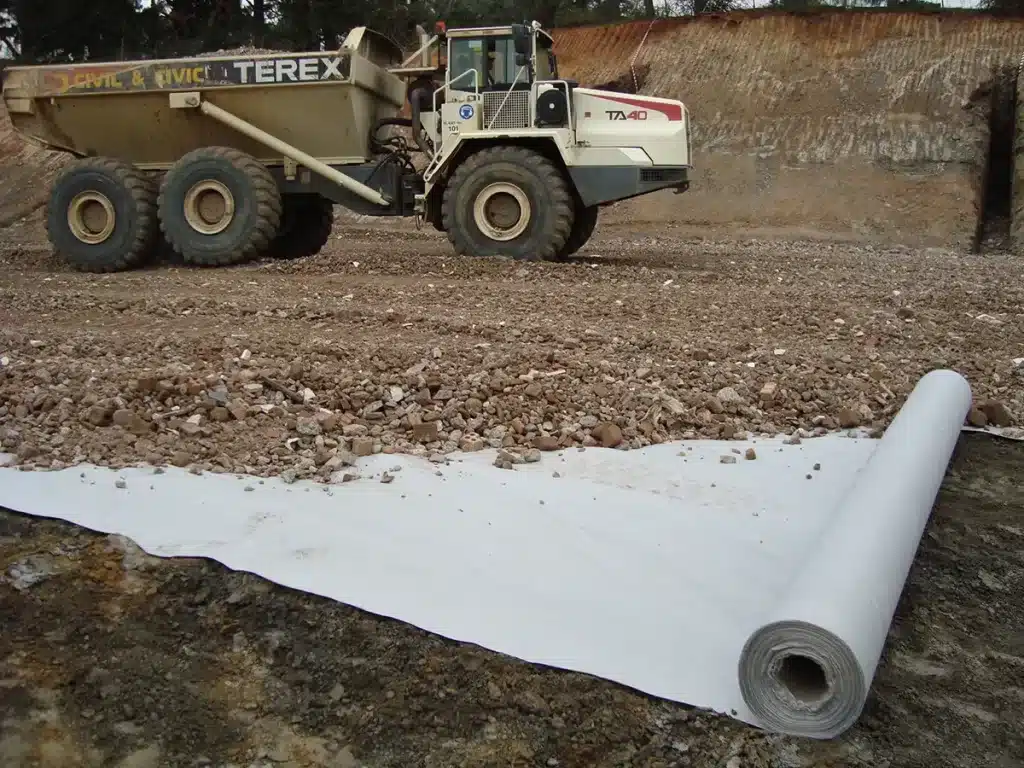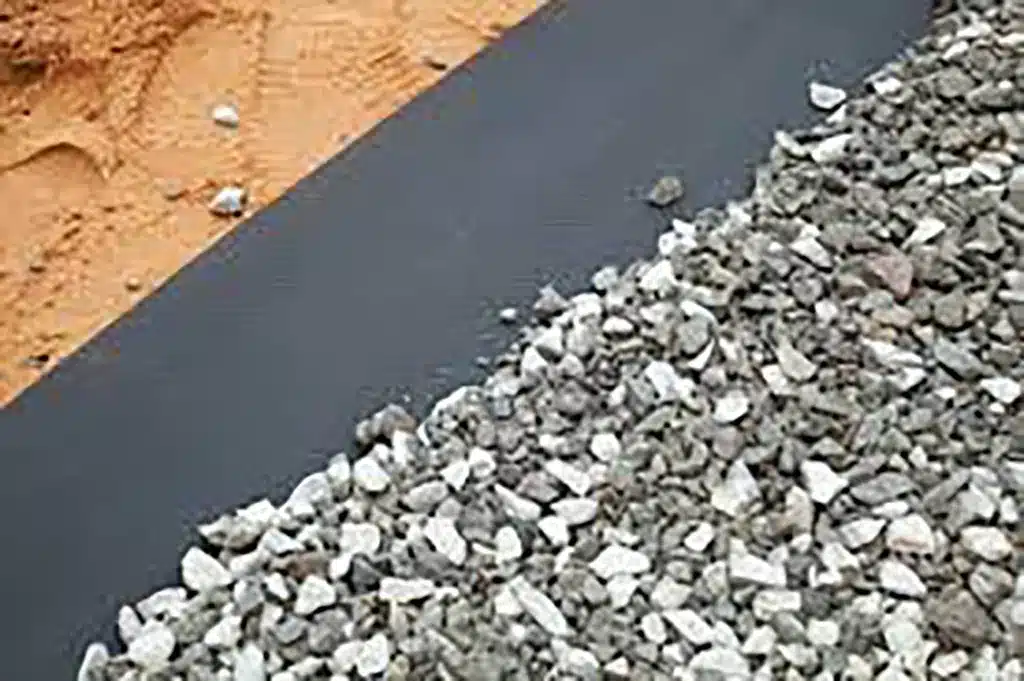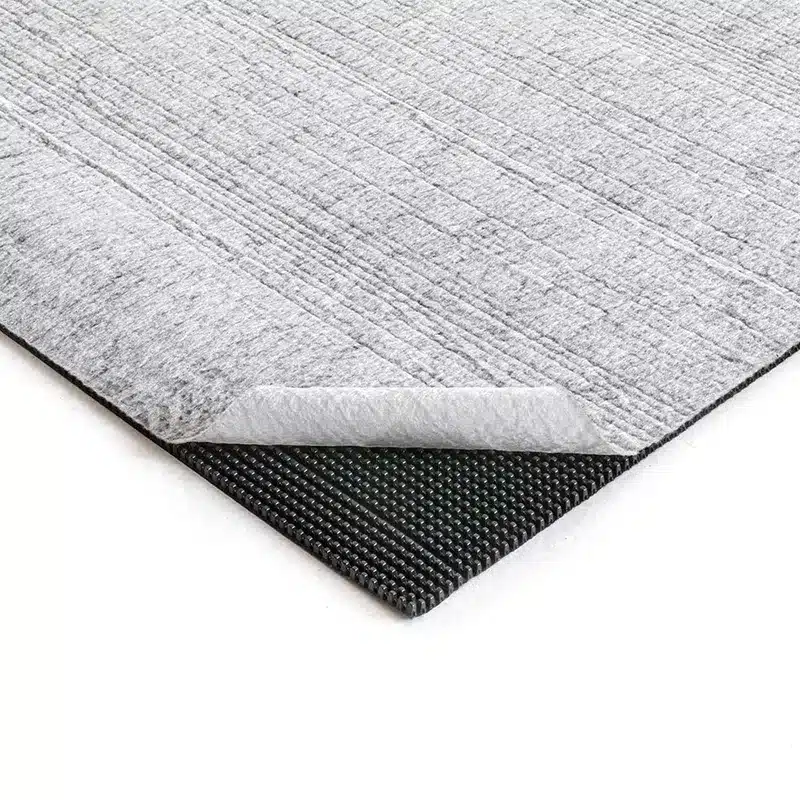+86-159 9860 6917
info@geofantex.com
geofantex@gmail.com
+86-400-8266163-44899
Geotextile bags are versatile and sustainable solutions for erosion control and stabilization in various construction and environmental projects. In this article, we’ll explore what geotextile bags are, what materials they are made of, their ideal applications, and address frequently asked questions to help you better understand the benefits of using geotextile bags.

What is a Geotextile Bag?
A geotextile bag, also called a geotag or geotube, is a specialized geosynthetic product used in civil engineering, construction, and environmental projects. These are large, tube-shaped bags made from porous geotextile fabric, which gives them distinct properties and versatility. Geotextile bags are primarily used for erosion control, sediment dewatering, shoreline protection, and other applications needing containment and stabilization.
What are Geotextile Bags Made Of?
Geotextile bags are mainly constructed from geotextile fabric, a synthetic material designed for geotechnical and environmental needs. This fabric, often woven or non-woven, permits water to pass through while holding onto soil, sediments, or other materials. The selection of geotextile material can vary depending on the project’s specific requirements, with popular choices like polypropylene or polyester. These materials provide excellent tensile strength and durability, ensuring the bags meet the demands of their intended applications.
Where Should a Geotextile Bag be Used?
Geotextile bags serve a variety of purposes in civil engineering, construction, and environmental management, including:
- Erosion Control: These bags are effective at preventing erosion, and stabilizing embankments, shorelines, and slopes. They are used to create protective barriers against water and wind erosion.
- Sediment Dewatering: Geotextile bags excel at dewatering sediments, sludges, or other materials. They let water pass through while retaining solids, making them ideal for dewatering in construction sites or environmental cleanup.
- Shoreline, Riverbank, and Beach Protection: Geotextile bags safeguard coastlines, riverbanks, and beaches from erosion and storm surges, providing an eco-friendly alternative to traditional hard-armoring methods.
- Flood Protection: In flood-prone areas, geotextile bags can be quickly deployed as temporary flood barriers to protect infrastructure and properties from inundation.
- Construction Projects: Geotextile bags are valuable for constructing temporary retaining walls, embankments, and erosion control during various construction phases.
- Environmental Remediation: They play a crucial role in containing and managing contaminated soils or hazardous materials during environmental cleanup efforts.

How are geotextile bags filled?
Geotextile bags are typically filled by pumping the material, whether it’s soil, sand, sludge, or sediments, into the open end of the bag. Once filled, the bag can be sealed to contain the material. Various filling methods and equipment can be used depending on the project’s requirements.
In conclusion, geotextile bags are versatile, sustainable, and effective tools for erosion control, stabilization, and containment in a wide range of projects. By understanding what geotextile bags are, the materials used in their construction, their ideal applications, and the answers to common questions, you can make informed decisions when considering their use in your next project. These bags provide an eco-friendly and cost-effective solution to many engineering and environmental challenges.



Get Free Sample
We’ll respond as soon as possible(within 12 hours)






















